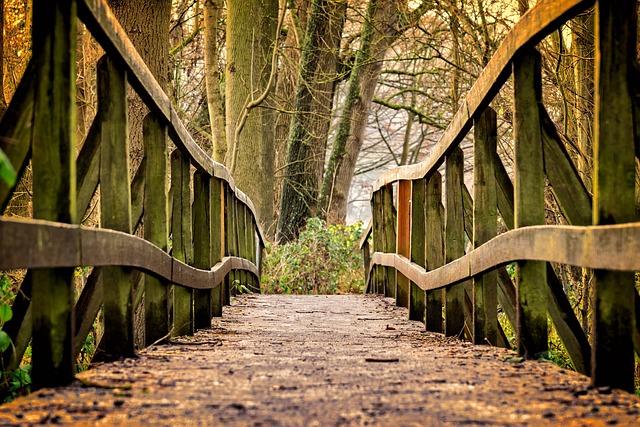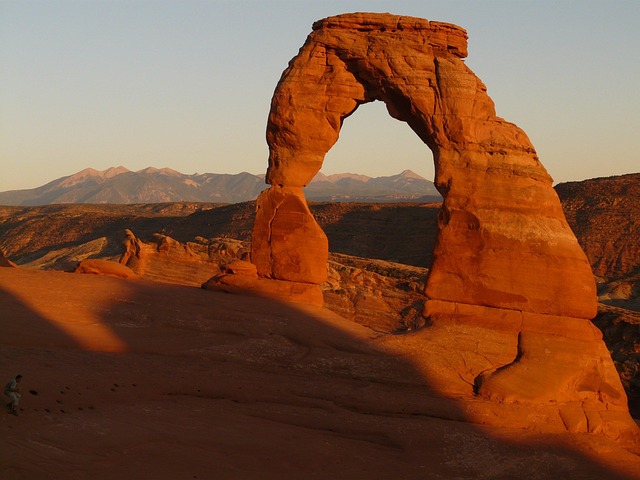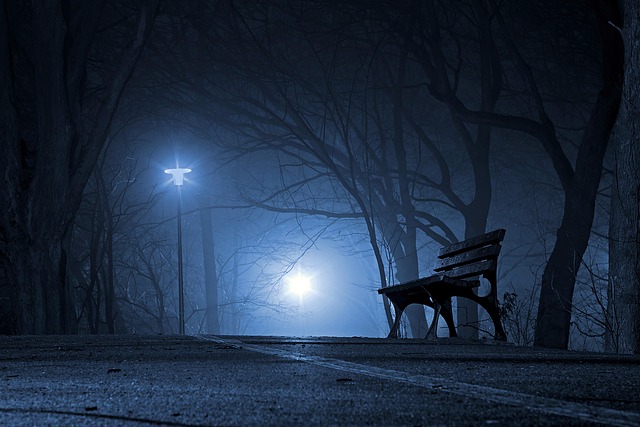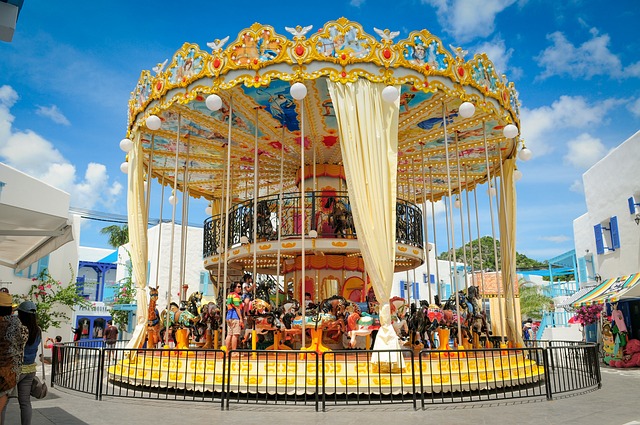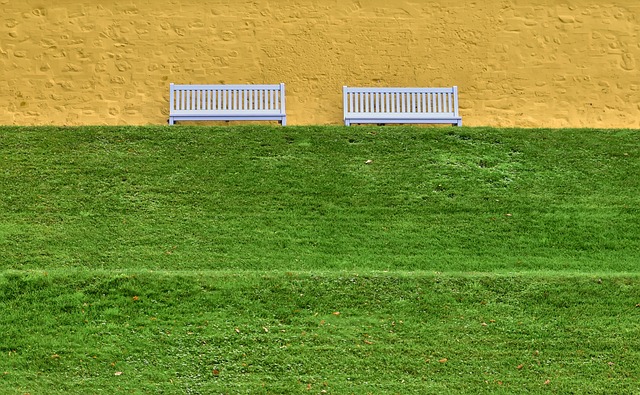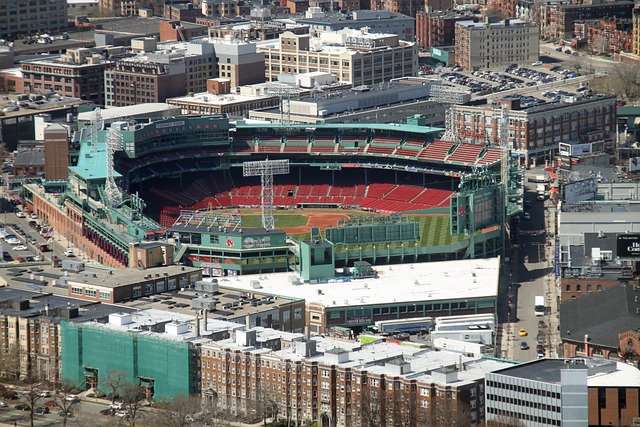Festivals act as powerful community builders in real estate, attracting diverse residents through music, food, art and culture. Hosted in central locations, these annual events transform neighborhoods, fostering unity, local pride, and social interactions. Creative festival space design leverages street art and accessibility to engage attendees, while successful festivals measured by reach and positive participant feedback contribute to stronger community bonds and positively impact real estate markets.
Annual festivals have become a vibrant thread weaving local communities together. In this article, we explore how real estate locations can foster unity through these events. From designing inclusive spaces that create memorable experiences to measuring success by evaluating neighborhood engagement, festivals play a pivotal role in strengthening community bonds. Discover strategies for leveraging real estate to cultivate lasting connections and transform neighborhoods into thriving, united ecosystems.
The Role of Festivals in Community Building: How Real Estate Locations Can Foster Unity

Festivals serve as powerful catalysts for community building, fostering unity and a shared sense of belonging among local residents. In the context of real estate, these events can play a pivotal role in strengthening neighborhood bonds and creating vibrant, cohesive communities. When organized in central locations within residential areas, festivals attract folks from all walks of life, breaking down social barriers and encouraging interaction.
Real Estate locations that host annual festivals become hubs of activity, uniting diverse groups of people through music, food, art, and cultural displays. This shared experience cultivates a strong community spirit, enhances neighborhood pride, and encourages residents to engage with one another outside of festival settings. As a result, these events contribute to the long-term well-being and value of the surrounding real estate, creating desirable and interconnected neighborhoods.
Designing Festival Spaces: Creating Memorable Experiences for Local Residents
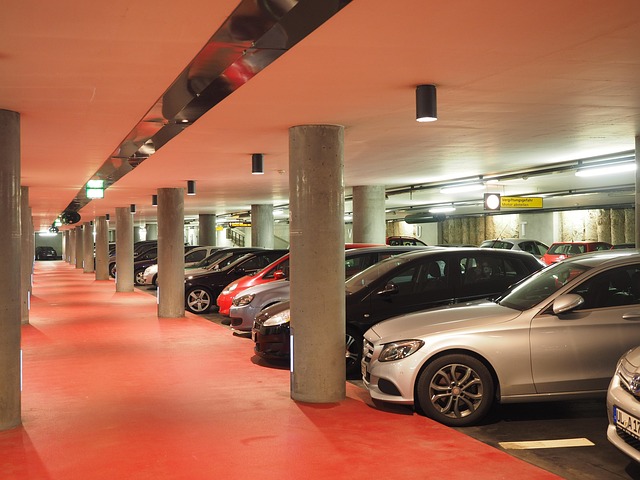
Festival spaces design plays a pivotal role in creating memorable experiences for local residents, fostering a sense of community and enhancing the overall appeal of a neighborhood. Event organizers can transform blank canvases into vibrant hubs by thoughtfully incorporating elements from the surrounding real estate. This might include utilizing outdoor areas, such as parks or vacant lots, to create open-air stages and performance spaces. Utilizing street art and creative lighting can add visual interest, transforming mundane landscapes into captivating backdrops for festivals.
Moreover, designing festival spaces should consider accessibility and inclusivity. Well-planned routes, designated seating areas, and diverse food options cater to different needs, ensuring that the event is welcoming to all residents. By integrating local businesses and artists, these festivals can also showcase the unique character of the community, creating a sense of ownership among participants and leaving a lasting impression that resonates with attendees long after the event ends.
Measuring Success: Evaluating the Impact of Annual Festivals on Neighborhood Engagement
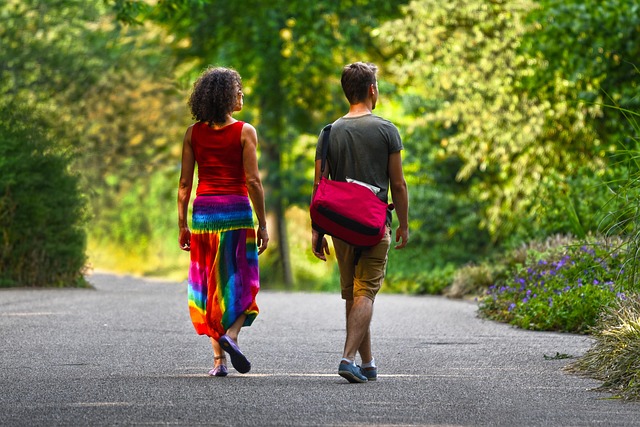
Measuring success is an integral part of organizing annual festivals, especially when the goal is to foster neighborhood engagement and create a sense of community. In the realm of real estate, these events can have a profound impact on local residents’ connections to their area, which is crucial for maintaining and enhancing property values. Evaluating the festival’s success involves assessing its reach and the level of participation. Did it attract folks from across the neighborhood? High attendance from diverse demographics indicates successful community outreach.
Moreover, post-festival feedback from participants can offer valuable insights into the event’s impact. Positive responses highlighting a sense of unity, increased social interactions, and a boost in local pride suggest that the festival achieved its purpose. Such success metrics not only contribute to strengthening neighborhood bonds but also have real-world implications for real estate markets, making annual festivals potential game-changers in community development.
